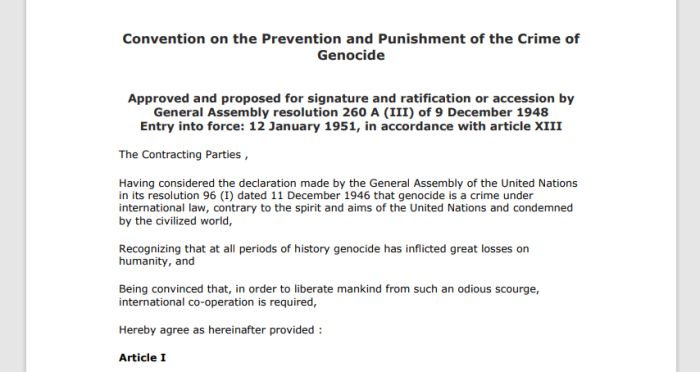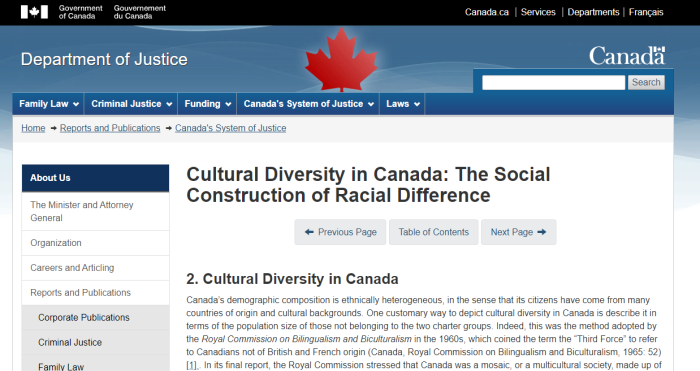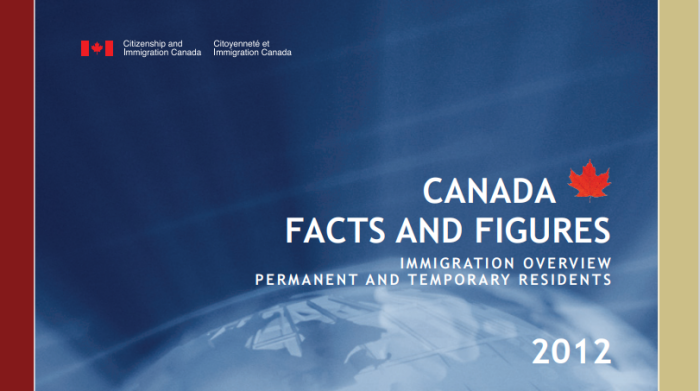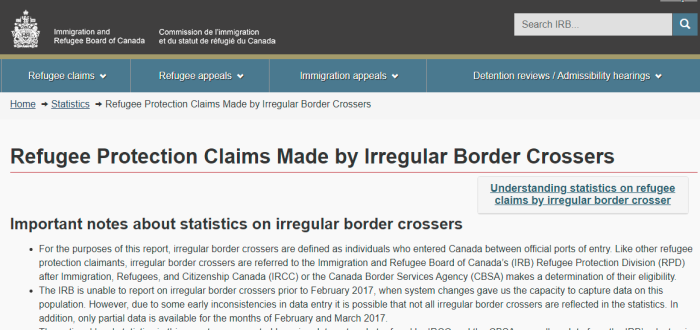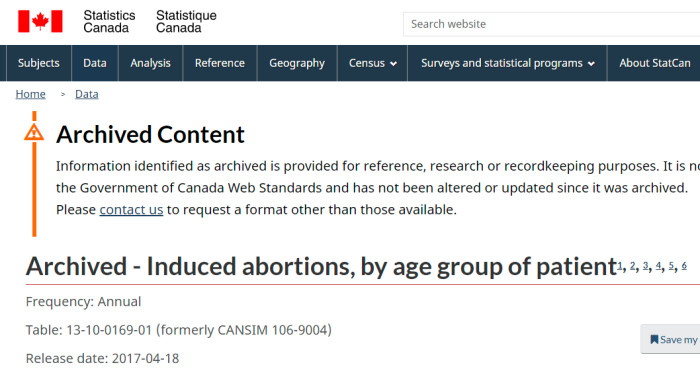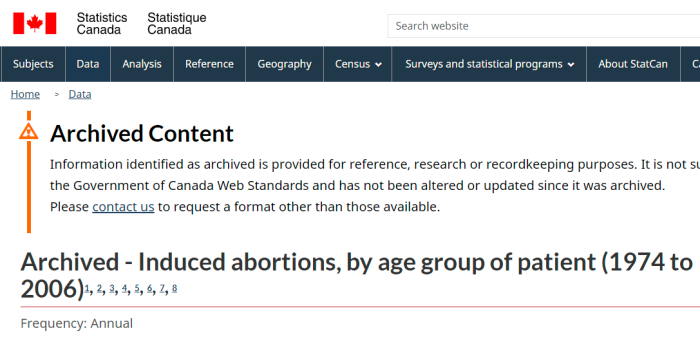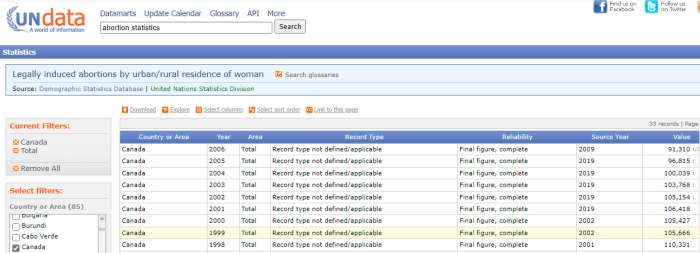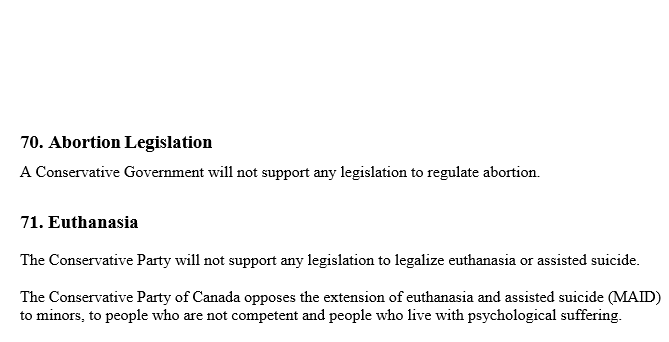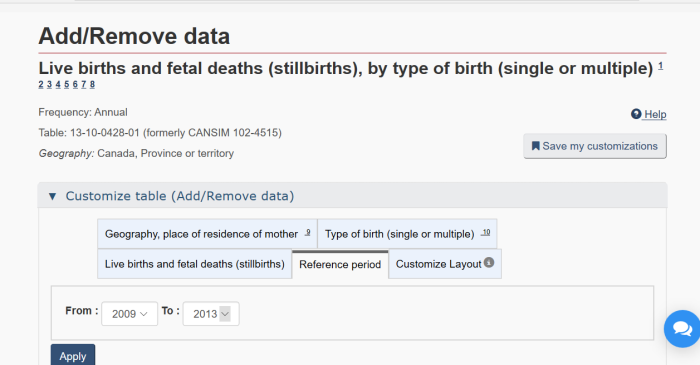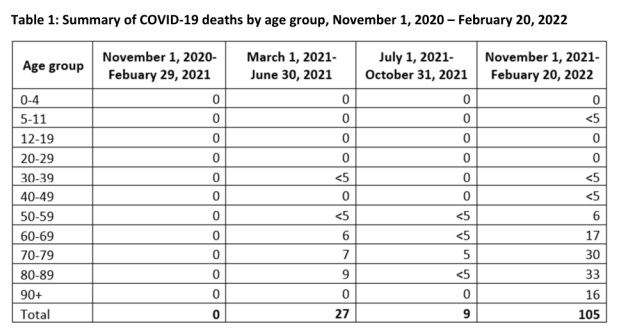
This piece focuses on the problem that is the United States border, particularly the side with Mexico. There have been many interests vested in not securing it. Consequently, people flood in illegally, since there’s little reason not to.
Why should Canadians care about this?
The answer is simple: it’s not just an American problem. Open borders threatens the sovereignty of nations in general. Not only that, many of those illegal aliens will surely be working their way to Canada, given the generous welfare benefits available.
Unfortunately, far too few Canadians, including many “conservatives”, fail to realize that open borders changes everything. The makeup of the country impacts everything: voting patterns; finance; culture; crime; and future immigration policies. And the mantra “just come legally” misses the bigger picture.
For an earlier piece on the estimated real scale of illegals in the U.S., north of 22 million. There was also this gem in 2018, suing for the right to illegally enter the U.S.
Now, let’s get into some of the data from the USCBP, or the U.S. Customs and Border Patrol. The numbers are quite shocking indeed.
A note about “fiscal year”: Fiscal Year 2022 runs October 01, 2021 – September 30, 2022. All of the years seem to be done in this format.

“Recidivism” in the context of CBP refers to the percentage of people who are detained multiple times within the same fiscal year. It’s been approximately 25% the last few years, meaning 1/4 of people caught and forced to leave are caught again. There doesn’t seem to be much of a deterrent. As for drugs being brought in:
| Month | Marijuana | Cocaine | Heroin | Meth | Fentanyl | Other |
|---|---|---|---|---|---|---|
| October 2021 | 376 | 220 | 0 | 290 | 73 | 3 |
| November 2021 | 191 | 73 | 0 | 581 | 84 | 3 |
| December 2021 | 127 | 102 | 66 | 559 | 26 | 4 |
| January 2022 | 360 | 39 | 0 | 457 | 65 | 56 |
| February 2022 | 785 | 90 | 2 | 268 | 12 | 27 |
| March 2022 | 58 | 50 | 2 | 224 | 13 | 4 |
| April 2022 | 259 | 186 | 14 | 479 | 174 | 19 |
Data from the 2022 fiscal year (thus far). The C.B.P. also provides recent statistics on the drug busts that have occurred from people trying to bring narcotics into the country. While it’s nice to have these seizures, it’s likely just a drop in the bucket as to what really goes on.
| AGENCY INVOLVED | FY17 | FY18 | FY19 | FY20 | FY21 | FY22TD |
|---|---|---|---|---|---|---|
| Office of Field Operations Encounters | 216,370 | 281,881 | 288,523 | 241,786 | 294,352 | 259,057 |
| U.S. Border Patrol Total Encounters | 310,531 | 404,142 | 859,501 | 405,036 | 1,662,167 | 1,219,920 |
| Total Enforcement Actions | 526,901 | 683,178 | 1,148,024 | 646,822 | 1,956,519 | 1,478,977 |
For “enforcement actions”, this refers to: individuals encountered at ports of entry who are seeking lawful admission into the United States but are determined to be inadmissible, individuals presenting themselves to seek humanitarian protection under our laws, and individuals who withdraw an application for admission and return to their countries of origin within a short timeframe. This is according to the CBP’s own definition.
In other words, it’s the number of people who show up LEGALLY to border ports of entry and then are turned away. It doesn’t cover the vast numbers who enter illegally between border ports.
| CATEGORY | FY17 | FY18 | FY19 | FY20 | FY21 | FY22TD |
|---|---|---|---|---|---|---|
| Criminal Non-Citizens | 10,596 | 11,623 | 12,705 | 7,009 | 6,567 | 9,101 |
| NCIC Arrests | 7,656 | 5,929 | 8,546 | 7,108 | 8,979 | 5,580 |
| Criminal Noncitizens Encountered | 8,531 | 6,698 | 4,269 | 2,438 | 10,763 | 5,985 |
| Criminal Noncitizens With Warrants | 2,675 | 1,550 | 4,153 | 2,054 | 1,904 | 525 |
There have also been considerable amounts of arrests for people who either had criminal records, and/or outstanding warrants. This doesn’t include people who entered without being detected.
| GANG ARRESTS | FY15 | FY16 | FY17 | FY18 | FY19 | FY20 | FY21 | FY22TD |
|---|---|---|---|---|---|---|---|---|
| 18th Street | 84 | 47 | 61 | 145 | 168 | 36 | 28 | 66 |
| MS-13 | 335 | 253 | 228 | 413 | 464 | 72 | 113 | 149 |
| Paisas | 73 | 119 | 53 | 62 | 90 | 93 | 79 | 80 |
| Other | 352 | 283 | 194 | 188 | 254 | 162 | 128 | 98 |
| Total | 844 | 702 | 536 | 808 | 976 | 363 | 348 | 393 |
There have also been gang-related arrests of people attempting to enter the United States. Of course, not all are included, just a few which represent the larger numbers of arrests.
Concerning arrests of suspected terrorists (all nationalities), CBP provides some data of people detained at both the Southern and Northern borders.
| TERRORISTS AT BORDER | FY17 | FY18 | FY19 | FY20 | FY21 | FY22TD |
|---|---|---|---|---|---|---|
| Southern Border | 116 | 155 | 280 | 72 | 103 | 42 |
| Northern Border | 217 | 196 | 258 | 124 | 54 | 115 |
| Total | 333 | 351 | 538 | 196 | 157 | 157 |
How many encounters does the U.S. Government have overall? Thankfully, they do provide more data, and a lot of it is mind blowing.
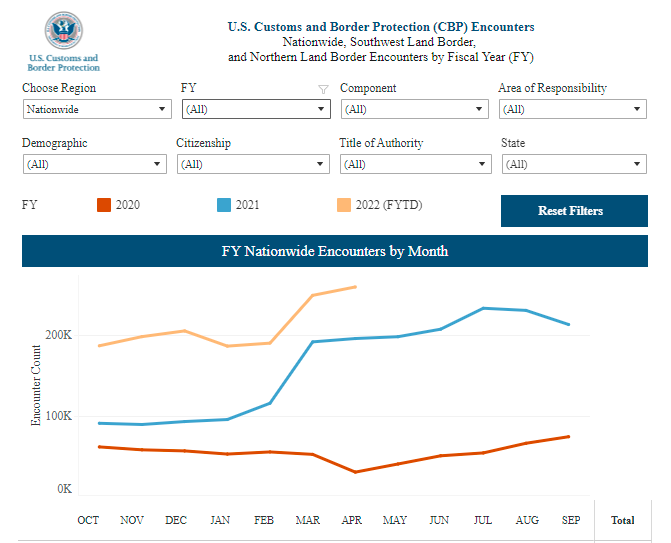
Nationwide Encounters
.
Encounter data includes U.S. Border Patrol (USBP) Title 8 Apprehensions, Office of Field Operations (OFO) Title 8 Inadmissibles, and Title 42 Expulsions for fiscal years (FY) 2020, 2021, and 2022. Data is available for the Northern Land Border, Southwest Land Border, and Nationwide (i.e., air, land, and sea modes of transportation) encounters.
| FISCAL YEAR | 2019 | 2020 | 2021 | 2022 |
|---|---|---|---|---|
| October | 60,781 | 45,139 | 71,929 | 164,849 |
| November | 62,469 | 42,643 | 72,113 | 174,849 |
| December | 70,694 | 40,565 | 73,994 | 179,254 |
| January | 58,317 | 36,585 | 78,414 | 154,816 |
| February | 76,545 | 36,687 | 101,099 | 165,900 |
| March | 103,731 | 34,460 | 173,277 | 221,144 |
| April | 109,415 | 17,106 | 178,795 | 234,088 |
| May | 114,116 | 23,237 | 180,597 | – |
| June | 104,311 | 33,049 | 189,034 | – |
| July | 81,777 | 40,929 | 213,593 | – |
| August | 62,707 | 50,014 | 209,840 | – |
| September | 57,674 | 192,001 | 227,547 | – |
| TOTAL | 962,533 | 458,088 | 1,734,686 | 1,141,054 (so far) |
Once more, how many people are simply sneaking in undetected?
The data can further be broken down by the type of person/people coming:

- Accompanied Minors (AM)
- Individuals in a Family Unit (FMUA)
- Single Adults
- Unaccompanied Children (UC)
While there are clearly a lot of people who get stopped by the various departments, an awful lot don’t. They are let in through some pathway, or just sneak in.
It also doesn’t help that there are countless Sanctuary Cities and States, which do an end run around border security. If people know they can get social services without the risk of being deported, many more will come.
Again, this is not just an American issue. Many of the hordes flooding into the U.S. will eventually make their way North. Canadians should absolutely be worried about this.
A little self promotion: Borderless Canada is still available online. Learn about what’s been going on in this country. Virtually all major issues can be directly tied to immigration and border security, and it’s not racist or bigoted to discuss these hard truths.
Don’t worry, there will be much more included on this subject in the near future. This can’t be done justice by a single piece.
(1) https://www.cbp.gov/
(2) https://www.cbp.gov/newsroom/stats/cbp-enforcement-statistics
(3) https://www.cbp.gov/newsroom/stats/nationwide-encounters
(4) https://www.cbp.gov/newsroom/stats/southwest-land-border-encounters
(5) https://canucklaw.ca/true-scale-of-illegals-in-us-22-million-more-amnesty-coming/
(6) https://canucklaw.ca/tsce-2-migrant-caravan-lawyers-sue-for-right-to-legally-invade-u-s/
(7) https://canucklaw.ca/tsce-10b-sanctuary-cities-an-end-run-around-having-borders/

